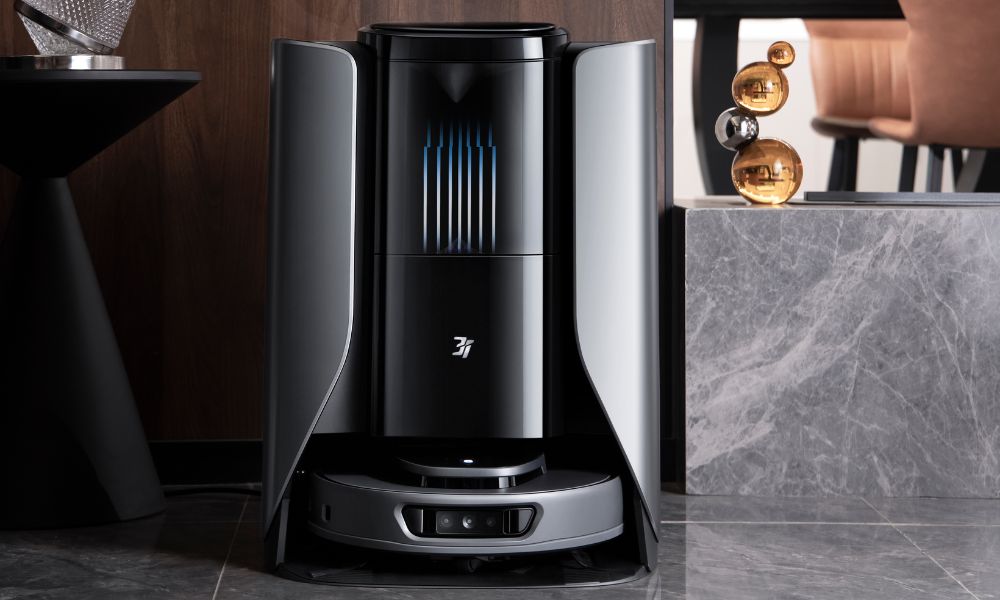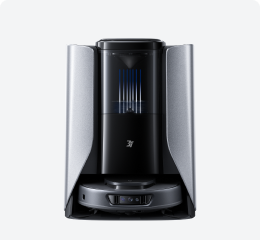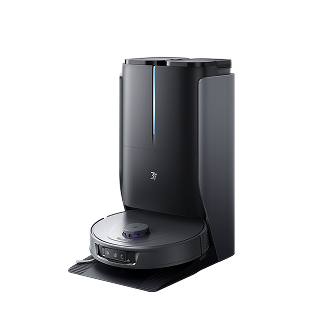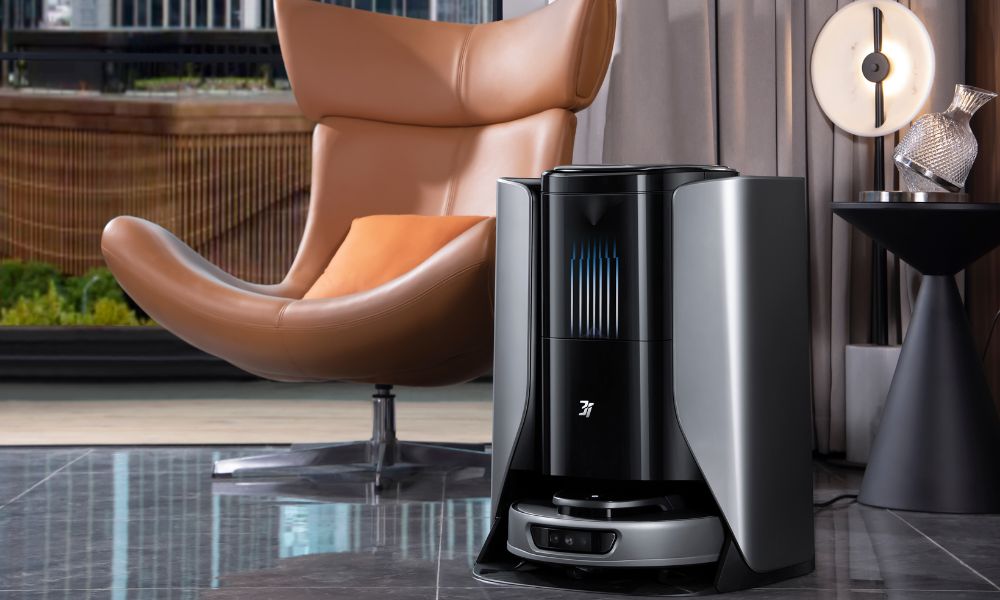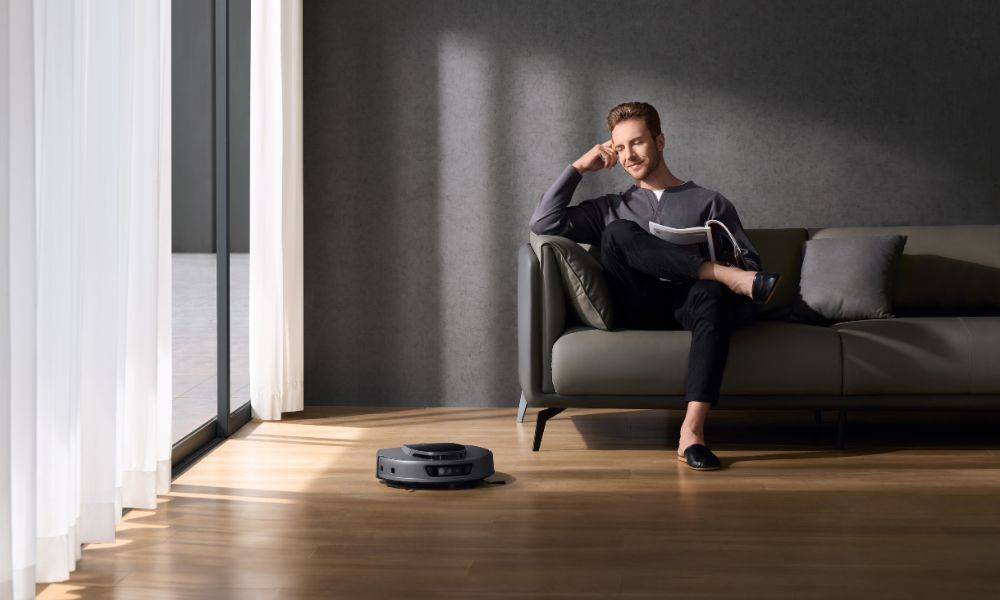Robot vacuums have become a go-to for making home cleaning easier, but their prices vary widely. Depending on the model and features, prices can range from $100 for a basic model to over $1,000 for a high-end, feature-rich model.
In this article, we'll look at the factors that influence prices and help you determine how much you should spend on a robot vacuum that's right for your needs.
How Much Do Different Types of Sweeping Robots Cost?
The prices of different types of robot vacuum cleaners (robot vacuums) vary greatly depending on their features, capabilities, and brand.
Cheap Robot Vacuums ($100 - $200)
Cheap robot vacuums are a good choice if you're on a budget. They offer basic suction power and simple navigation, making them ideal for small homes or apartments. However, they lack advanced features like mapping and voice control and have shorter battery life. Still, they offer reliable cleaning at an affordable price.
Mid-range Robot Vacuums ($200 - $500)
Mid-range vacuums strike a balance between price and performance, with stronger suction power and smart features like Wi-Fi, app control, and voice assistant integration. They also offer more precise navigation and longer battery life, making them ideal for medium to large homes. These models are great for homes with pets or carpets.
High-end Robot Vacuums ($500+)
High-end vacuum cleaners have advanced navigation features such as LiDAR, powerful suction, and long battery life. They offer automated cleaning features and smarter floor mapping, so if you want your robot vacuum to clean your bathroom, for example, some high-end vacuum cleaner models can help you. They offer top performance and automation features, making them worth the investment despite their higher price.

What Are the Factors That Affect the Price of Sweeping Robots?
Several factors influence the price of sweeping robots, each affecting their features, performance, and overall cost.
Suction and Cleaning Performance
Suction determines how well a robot can remove dust and debris, especially on carpets. Cheap robots have suction power of around 1,500-2,000 Pa, while mid-range models have suction power of 2,500-3,000 Pa. Higher-end models with more powerful motors clean more efficiently, but the added performance and advanced engineering increase their price. In addition, stronger suction also means faster cleaning, which is beneficial for larger spaces.
Smart Features and Navigation
Smart features such as Wi-Fi, app control, and voice assistant integration (such as Alexa or Google Assistant) drive up the price. In addition, robots with lidar or vision sensors can create detailed maps of your home, providing more precise cleaning paths. Models with basic random navigation are cheaper, while models with advanced mapping features are more expensive, ranging from about $400 to $1,000.
Battery Life and Charging Time
Longer battery life allows the robot to clean larger areas before needing to be recharged. For example, cheap robots have a run time of 60-90 minutes, mid-range models have a run time of 90-120 minutes, and premium models can run for up to 180 minutes and clean the entire house without charging. In addition, the ability to charge quickly and resume cleaning after charging also increases the price by $50-150.
Build Quality and Design
The materials and design of the robot will affect its price and durability. For example, high-end models use lightweight and durable materials, which can improve performance and lifespan. Because slimmer designs, quieter operation (less than 60 decibels), and features such as automatic emptying of the dustbin are common in higher-priced models. These features can increase efficiency, cleaning opportunities, and user comfort, which drives up costs.
Brand Reputation and Warranty
Brands such as the 3i S10 Ultra charge more because of their reputation for quality and reliable customer support. These brands usually offer longer warranties (2-5 years) to provide more security for buyers. Consumers choose these brands because they trust their performance, reliability, and after-sales service.
Additional Features (E.G., Mopping, Self-Cleaning)
Some robots offer additional features such as mopping and self-cleaning dustbins, with models that vacuum and mop simultaneously costing up to $500, while self-cleaning robots (that empty their dustbins themselves) may add $100-200 to the price. These features provide additional convenience by reducing maintenance and extending cleaning time, making them ideal for those seeking a fully automated solution. Self-empty robot vacuum models are highly popular among those looking for a truly hands-free experience.
How Much Should You Spend on a Robot Vacuum?
When deciding how much to spend on a robot vacuum, consider your specific needs, the size of your home, and the features you want. The following guide can help you determine the best robot vacuum for your budget:
- Small Apartment or Simple Cleaning Needs ($200 or less): If you live in a small space and have few cleaning needs, then an economical vacuum and carpet cleaner under $200 will suffice. These models offer basic suction and navigation features, making them ideal for light cleaning tasks and small homes without pets or thick carpets.
- Medium to Large Homes, Moderate Needs ($200 - $500): For medium to large homes or homes with pets and carpets, it is recommended that you choose a robot vacuum cleaner in the $200 to $500 range. These models offer better suction, smart features like app control, and more efficient navigation, striking a good balance between price and performance.
- Advanced Features, Large Homes, or High-Traffic Areas ($500 or more): If you have a large house with multiple floors, or need advanced features like lidar navigation, automatic emptying of the dustbin or mopping, and avoiding certain areas, it's worth considering investing in a higher-end model over $500. For example, the 3i S10 Robot Vacuum. They have powerful suction, long battery life, and smart automation features that can save you time and energy in the long run.

What Is the Effective Life of a Robot Vacuum?
The effective lifespan of a robot vacuum cleaner is typically 3 to 5 years, depending on factors such as frequency of use, maintenance, and the quality of the robot itself. Well-maintained models tend to last longer, as regular cleaning of the brushes, filters, and sensors helps avoid wear and tear. Additionally, higher-end models may last slightly longer due to their rugged construction and advanced technology.
However, over time, some vacuum cleaner accessories, such as batteries, can degrade, and the robot may lose efficiency. Battery life typically begins to decline after 2-3 years, and some models may require battery replacement to maintain optimal performance. Therefore, regular software updates and proper maintenance can extend the effective lifespan of your robot, but it's important to consider that even the best models may eventually need to be replaced to achieve maximum efficiency.
FAQs
Are robot vacuums expensive to run?
Robot vacuums are relatively cheap to operate, costing around $0.10 to $0.15 per hour on average, depending on your local electricity rates. For example, a robot that uses around 30-50 watts of power will only cost $5-10 per year to operate with normal use. While their upfront costs may be a bit high, ongoing costs such as replacing filters and brushes are low, making them an affordable option in the long run.
Do robot vacuums use a lot of electricity?
Compared to other household appliances, robot vacuums don't use much electricity, with most models using around 30-50 watts per hour of cleaning. In comparison, a standard vacuum cleaner might use 1,000 watts or more. This makes robot vacuums very energy-efficient, especially if you use them regularly. Over time, their low power consumption can save you money on your electricity bill, with most costing only a few dollars per year.
Should I leave my robot vacuum plugged in all the time?
Generally, there is no problem leaving your robot vacuum cleaner plugged in, as most models are designed with this in mind. When not in use, the vacuum cleaner will usually be placed in a charging dock, and power will only be consumed when the battery needs to be recharged. Leaving it plugged in will not damage the battery, as modern robots have smart charging systems that prevent overcharging. However, if you are not going to use it for a while, it is best to unplug it or store it with a partially charged battery to extend the battery life in the long term.



